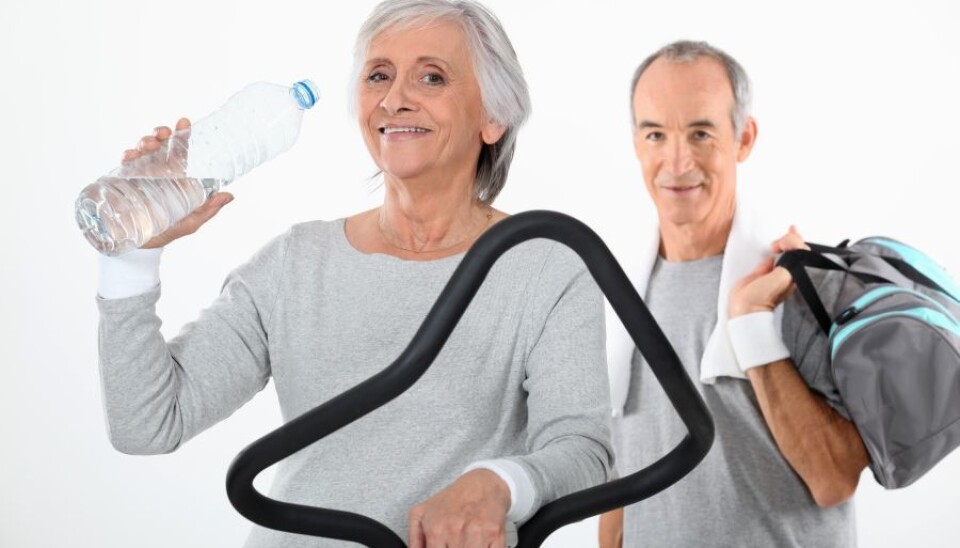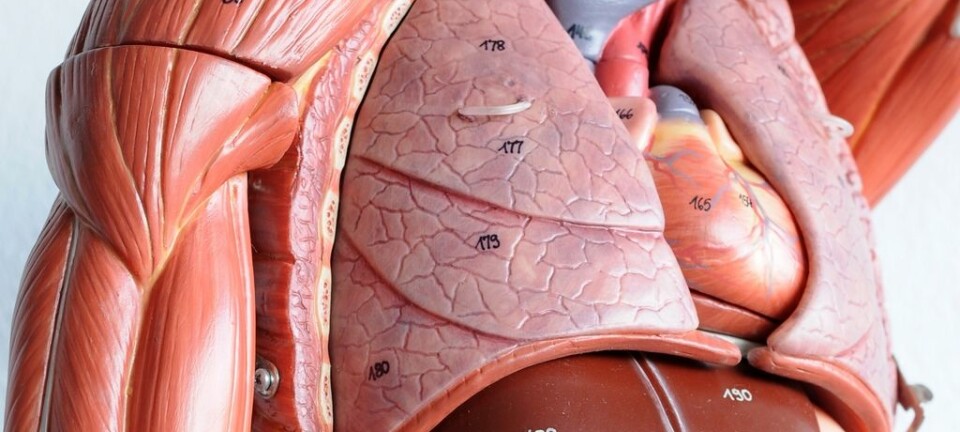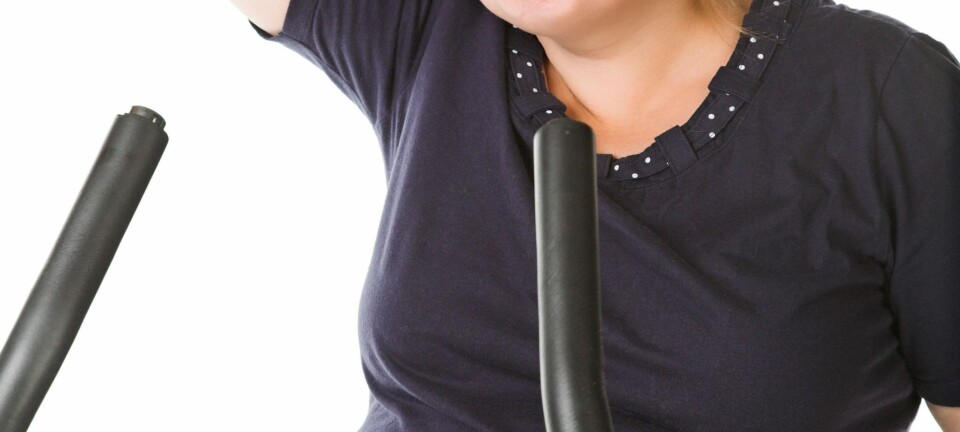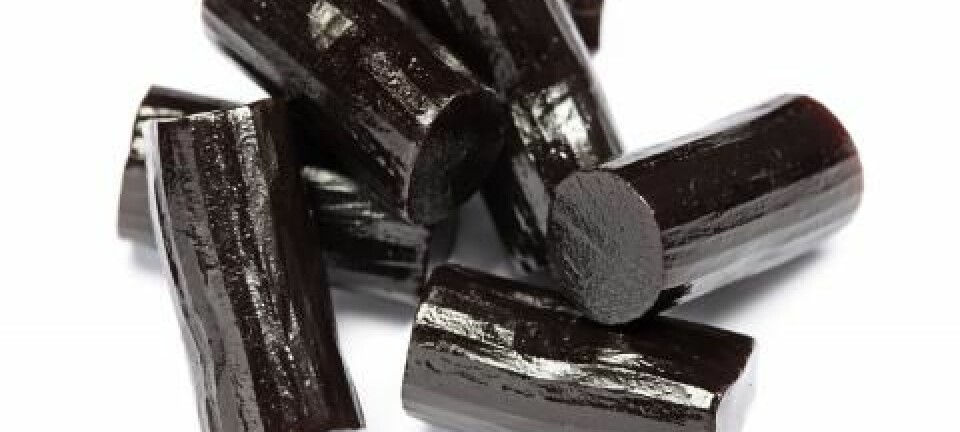
Doctors: heart transplant recipients should not be kept from exercise
People who have been given a new heart should do high-intensity exercise, says doctors behind a new study that clashes with previous guidelines.
A group of Danish doctors have found that high-intensity exercise can, contrary to previous beliefs, be good for a heart transplant recipients.
In new Danish study, researchers from Bispebjerg Hospital and Rigshospitalet, Copenhagen University Hospital, have investigated how the physical condition of 16 stable heart transplant recipients changed if they participated in high-intensity workouts.
By doing interval training, the patients improved their physical condition and their heart function, as well as lowering their blood pressure -- without endangering their new heart.
"Our study shows it’s safe to do high-intensity interval training and it’s more effective than exercising at moderate intensity. This is the exact opposite of what was previously recommended for heart transplant recipients,” says PhD student Christian Have Dall from the Cardiology Department of Bispebjerg Hospital in Copenhagen.
The new findings clashes with previous guidelines for heart transplant patients.
"The recommendation world-wide has been that these patients shouldn't exercise moderately and not to get their pulse racing -- in other words to make do with a gentle cycle ride. This study, however, may help to open up less restrictive recommendations," says Dall.
Heart transplant patient finished an Ironman competition
The first heart transplant was performed in 1967 and since then recipients have been told that they should take things easy. A few heart transplant recipients have been able to do high-intensity exercise over an extended period without experiencing problems -- and this aroused Dall’s interest and led him to investigate.
In 2008, a Canadian heart transplant patient completed an Ironman competition and others have enjoyed success in sports for heart and lung transplant recipients in Europe and the United States where they compete at a recreational level.
“That kind of unique example suggested that high-intensity exercise was safe and the people could benefit from exercising hard. So we wanted to find out whether high-intensity interval training was safe for stable heart transplant patient and better than moderate exercise, as was previously recommended. At the same time we wanted to know whether all the joggers who participate in sports events around the world were actually putting themselves at risk,” says Dall.
He does, however, warn that transplant recipients should not jump straight into an Ironman or marathon challenge. These events are so extreme that they are likely to be dangerous.
The experiment was done on exercise bikes
To conduct the experiment, Dall and his colleagues asked a sizeable group of heart transplant recipients to exercise three times a week over a period of 2 x 12 weeks. One period was spent doing moderate continuous exercise, the second doing high-intensity interval training.
-
In the interval group the patients only exercised for a few minutes at a time. They were asked to peddle hard. They pedalled so hard that they became very out of breath and their oxygen uptake was as much as 80 per cent of what was possible for them to achieve.
- In the moderate group, they cycled at the same speed for 45 minutes with an intensity equivalent to 60 and 70 per cent of their peak oxygen uptake. This is the type of exercise recommended to date for people who have had a heart transplant.
After the 12 weeks both teams took a five month break to 'reset' their bodies. They then switched exercise programmes, taking a new 12 week turn.
Blood pressure, oxygen uptake and max pulse improved
The results were unambiguous. The patients who followed the old recommendations did not experience the same positive changes as those who did interval training.
-
The group that trained hard experienced a 17 per cent increase in their peak oxygen uptake. The other group experienced an improvement of 10 per cent.
-
The blood pressure of those who did interval training fell markedly, whereas those trained moderately saw no improvement.
-
The maximum pulse of those who trained hard improved. So they became able to manage more pure physical terms.
- On the other hand, both groups improved their ability quickly to return to their resting pulse after exerting themselves.
"High-intensity exercise has more effect than moderate-intensity exercise and this study is the first to have examined and established a direct correlation," says Dall.
Professor: This is new and interesting
Professor Gorm B. Jensen, head of research at the Danish Heart Association, praises the new study.
"I think the study point out two interesting things. For one, that patients can tolerate high-intensity exercise. This is new. And for another, the effect of exercise quickly disappears again,” says Jensen.
“The study shows that people can exercise to a better state of condition but at this improvement rapidly disappears again. So there is no getting away from continuous exercise -- life-long rehabilitation, you might say. This means that heart transplant recipients should be offered exercise throughout their lives," he says.
The study is, however, not comprehensive enough that we ought simply to recommend from now on that patients do high-intensity interval training, says Jensen.
He notes that sixteen patients represents a very small amount of patient data and that the size of the effect is actually quite small. The patients arrived with fitness ratings of 22.
"In that light, setting heaven and earth in motion to change the recommendations is perhaps a bit exaggerated. But what we can learn from this is that people can be offered the kind of exercise they prefer. If they prefer to do high-intensity exercise they should have the opportunity to do so," says Jensen.
The scientific article was recently published in the American Journal of Transplantation.
--------------
Read the original story in Danish on Videnskab.dk
Translated by: Hugh Matthews










